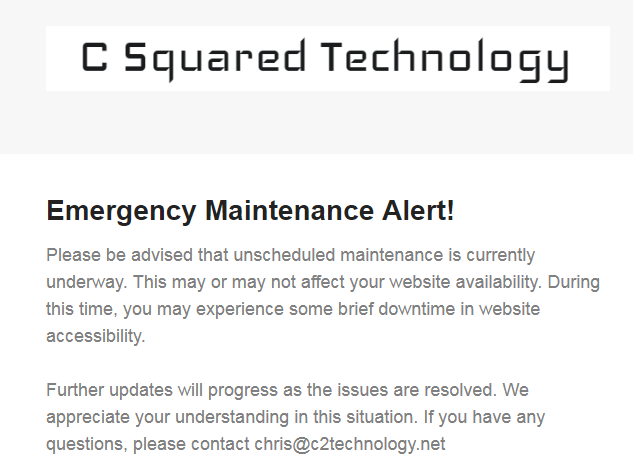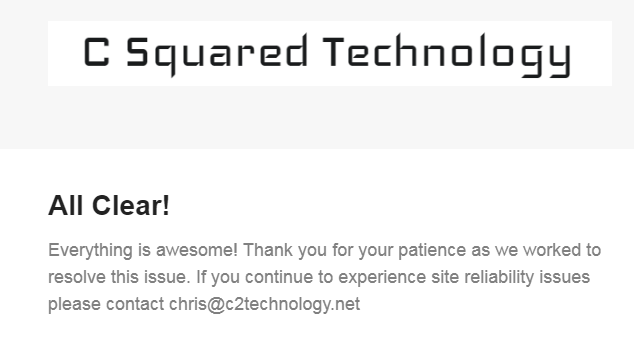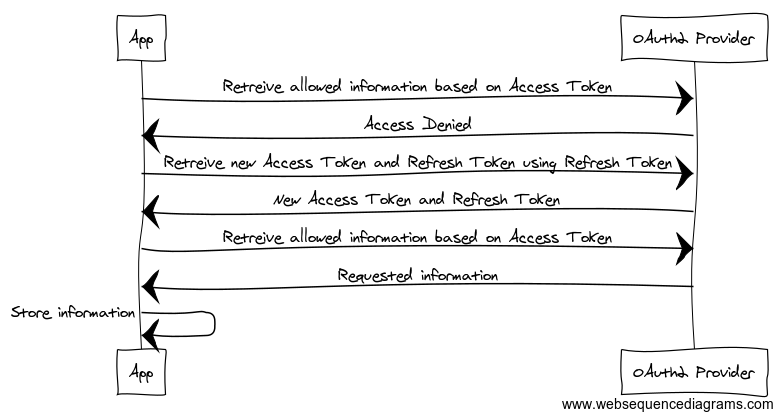If it hasn’t happened to you yet, you will eventually suffer a data loss event. The most common event is your hard drive, with all your family pictures on it, suddenly and unexpectedly dies. If you haven’t planned for this, you may have to spend a bunch of money on data recovery to recover all of your valuable family pictures. Worse case, you spend the money only to find out that it can’t be recovered. This happened to my brother recently, and he thought he had a backup system in place, but when his hard drive crashed, even I couldn’t help him. He found out the hard way that his backup system wasn’t running as expected and he had to shell out $5,000 for a specialized clean room direct read data recovery process that ultimately was unable to recover his pictures. If he had an automatic backup system in place, he could have prevented this disaster.
Planning for Disaster
If your computer were to die today, do you know if all of your important data is easily recoverable? If your answer is “no” or you don’t know the answer, perhaps it’s time to set up something simple and easy now for preventing the type of disaster my brother experienced. In Windows, most of your documents are automatically stored in your “My Documents” or “Documents” folder (depending on your Windows version). This is intended from Microsoft’s perspective as it keeps all of your user files in one location. You only need to backup one single folder, and you backup most (if not all) of your important files. There are several premium services out there to help you keep your data safe. There are also some free services you could use.
Recommendations
Dropbox provides a limited amount of space for free accounts with the option of upgrading for more space. This service has a companion application you install on devices you want to automatically backup files from. I personally use Dropbox for backing up files from my PC and backup files from this server. Your files are accessible via the companion app when you install it on a new device or on the Dropbox website.
Google Drive provides a limited amount of free space and has a companion application that is installed on each computer from which you want to automatically backup files. The companion app can be configured to sync multiple computers or to backup individual computers into a single online Google Drive. This could be a useful utility for those with multiple computers they want to backup but not share data, or for those who want to sync working files across multiple devices. I personally use Google Drive for backing up document files (PDFs, Spreadsheets, text documents, etc.).
Google Photos allows for free and unlimited storage for down-scaled images and the service provides a few extra perks like de-duplication, automatic photo album creation, automatic styling, automatic organization, and automatic videos. This was very helpful to me when I consolidated all of my pictures I’ve taken over the past 18 years from several different locations. This is a great option of all you care about are photos and you take the majority of photos with your phone. Photos are automatically down-scaled and uploaded to Google Photos. I personally use Google Photos for all of my photo needs. I chose Google Photos when I filled my Google Drive and Dropbox space with photos and was looking for a free alternative. If you are a photographer or are concerned about retaining the original, high-resolution photo, there is a paid option for Google Photos which allows you to store the original photo rather than the down-scaled image.
iCloud provides a limited free amount of space for Apple users. This drive is a little more complicated to set up and is typically used for syncing files across multiple Apple products. I’ve actually lost files using this service due to it’s rather unintuitive interface and confusing backup strategy.
To get started, you simply need to pick one. I recommend Dropbox for file backups as it’s simple to use and easy to set up. I highly recommend Google Photos for all of your photo backup needs. Remember, if you try one and don’t quite like it, you can always switch to another!
Wrapup
My brother’s backup strategy was to use a external hard drive and have it backup data periodically to it. It wasn’t a terrible plan, I used to do this. He was at least thinking of data backup before disaster struck. I’ve helped clients of mine with fixing their computer and most of my conversations on data backup were brand new concepts to them. Many of them didn’t understand the importance of data backup until it was too late and data was lost. My brother’s backup attempts were valiant, but his downfall was never testing the backup system and never checking up on if it was working. This double-whammy ultimately lead to a false sense of security which is easily identified with regular maintenance and upkeep of the backup system; essential when you create your own system. Making backups easy and truly a “set it and forget it” thing, online backup providers are your ideal choice as they maintain their systems for you, and you don’t have to worry about your backup hardware failing.
If you would like help setting up your backup plan, I am available to help! Simply contact me and we can set up a time to backup your data!




